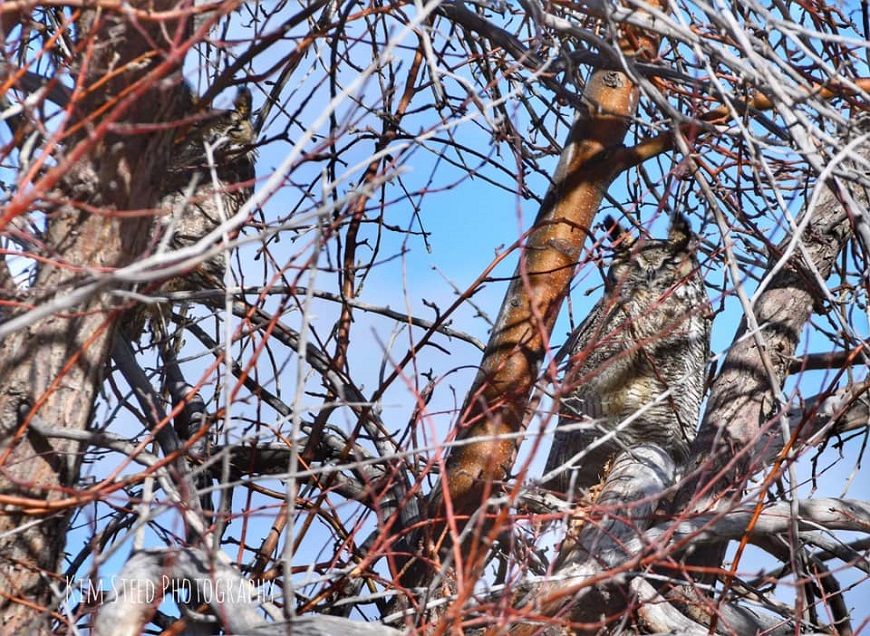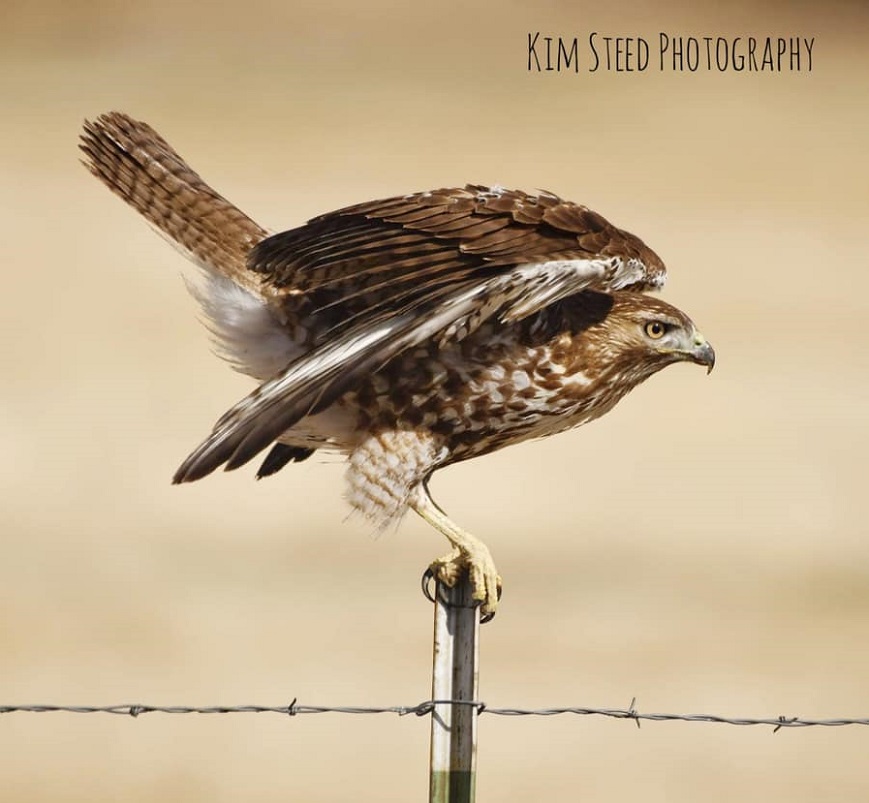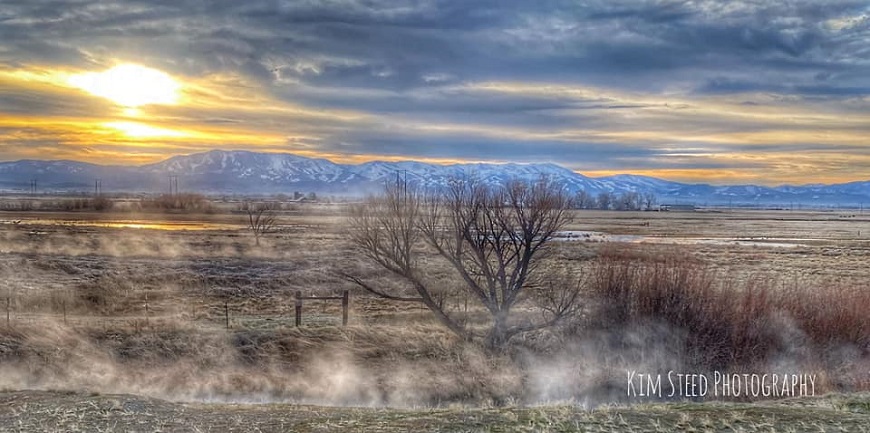I have been a nature & Wildlife Photographer for a few years now. There are so many amazing opportunities right here in Carson Valley to practice my passion! A local trail I enjoy that provides plenty of photography opportunities is the River Fork Ranch Trail. My favorite subject to photograph is birds.

Eagles & Ag 2021
Despite restrictions due to COVID and moving the tours to another weekend, Eagles & Ag was an awesome event put on by the Chamber of commerce!
Super thankful for JT and all of those involved for inviting me to showcase my photography. I had a very successful show and look forward to it again next year!
Here are a few beginning tips that could help you when you are out on the trails. My tips will be for shooting with a camera, but if all you have is a cell phone then that works too!
1. The best time to photograph birds is when they are most active which is in the morning and late afternoon.
2. Patience! Sometimes you need to wait for the bird to come to you! A lot of times they come back to the same spot, so if you wait long enough there is a chance they could come back to where you are.
3. Use softer light. Early morning or late afternoon typically works best because that is when the birds are most active. The light is softer during these times and it does not cast harsh shadows on the birds.
4. Use the composition “Rule of Thirds.” This is where you will position the bird off center to the right or left in your image.
5. Tell a story. This is what I try to do with my photography. You show the bird in its surroundings. Just a few examples are when a bird is huddled up with other birds or taking flight out of a tree during a snowstorm.
6. Capture the birds when they are hunting. This is easier to do with Blue Herons because they are so intent on what they are hunting, I find that they don’t pay attention to their surroundings as much!
7. Practice! I would go to a pond and just take photographs of ducks and common birds so I could understand how to get the birds’ wings in motion. The more you practice the better you become.
8. You can photograph birds with your phone. Of course, for more detailed imagery, you will need to invest in better equipment. I personally shoot with a very big telephoto lens that I actually take with me hiking (Nikon D850/200-500mm). It is quite heavy at about 12 lbs. I don’t recommend this for everyone, and certainly not for beginners. However, if you enjoy nature photography as much as I do, you may find yourself making an investment in better and larger equipment!

‘Balancing Act’
I watched this juvenile Red-tailed Hawk fly to and from the fence this afternoon unsuccessful in finding food in the field.
Thanks for reading my Beginner’s Introduction and enjoy the trails!
This article was written by Kim Steed, a local Carson Valley photographer, and published with permission from the Carson Valley Trails Association. Check out Kim’s Photo Spotlight blog post here, and share your own bird photos on social by using #WhyCV.
Contact her at Kim Steed Photography mtbdiva@yahoo.com, 408-829-3717. Follow her on Facebook and Instagram.



